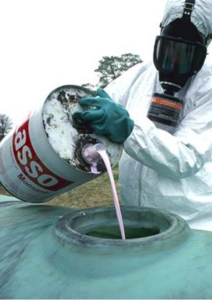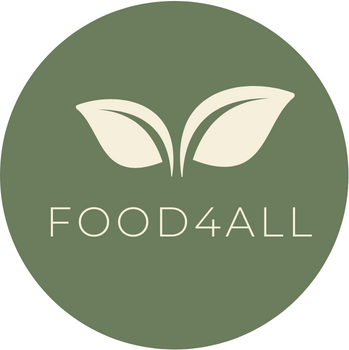About Lesson
Importance of Following Instructions on Pesticide Labels:
-
- Precise Application: Pesticide labels contain vital information regarding the correct dosage, application methods, and safety precautions. Following these instructions ensures the precise and effective use of the pesticide, maximizing its benefits while minimizing potential risks.
- Environmental Protection: Pesticide labels often include guidelines for minimizing environmental impact. Adhering to these recommendations helps prevent unintended harm to non-target organisms, water sources, and ecosystems.
- Avoiding Resistance: Overuse or misuse of pesticides can contribute to the development of resistance in pest populations. Following label instructions, including recommended rotation and usage patterns, helps maintain the efficacy of pesticides over the long term.
Emphasizing the Need for Adult Supervision During Pesticide Application:
-
- Safety Assurance: Pesticides are potent chemicals that require careful handling. Adult supervision during pesticide application is crucial to ensure that safety protocols are followed, minimizing the risk of accidental exposure, spills, or improper application.
- Training and Experience: Adults, particularly trained and experienced applicators, bring a level of expertise to pesticide application. Their knowledge can prevent common mistakes and enhance the effectiveness of pest management strategies.
- Emergency Response: In the event of an emergency or accidental exposure, the presence of a responsible adult ensures a prompt and appropriate response. Quick action in emergencies can mitigate potential harm to humans, animals, and the environment.
Exploring Integrated Pest Management (IPM) Practices:
-
- Holistic Approach: Integrated Pest Management (IPM) is a comprehensive and sustainable approach to pest control that combines various strategies. This includes biological control, cultural practices, and the judicious use of pesticides. IPM aims to minimize the impact of pests while reducing reliance on chemical interventions.
- Monitoring and Thresholds: IPM emphasizes regular monitoring of pest populations to determine if and when intervention is necessary. Decision-making is based on established thresholds, ensuring that pesticides are applied only when the pest population surpasses a level where economic or ecological damage is likely.
- Biological Control: IPM incorporates the use of natural predators, parasites, and pathogens to control pest populations. This reduces the need for chemical pesticides and promotes a more sustainable and environmentally friendly approach to pest management.
- Cultural Practices: IPM encourages the implementation of cultural practices that discourage pest proliferation. This includes crop rotation, proper irrigation, and the use of resistant crop varieties.

Image 3: Preparation for an application of hazardous herbicide

Image 4: Diagram showing development of pesticide resistance in insects
